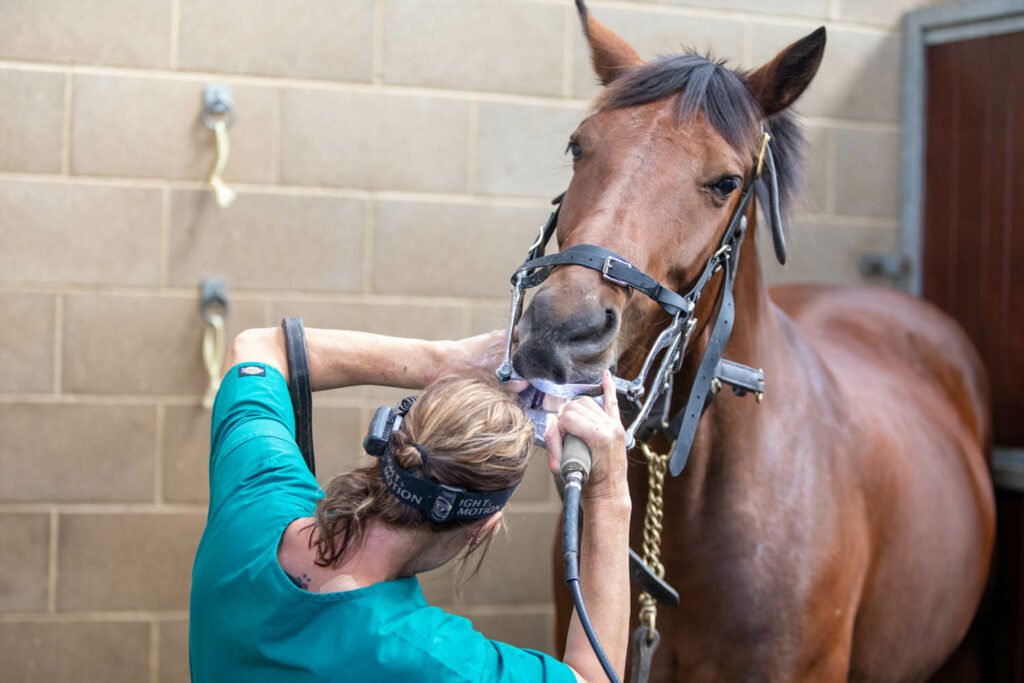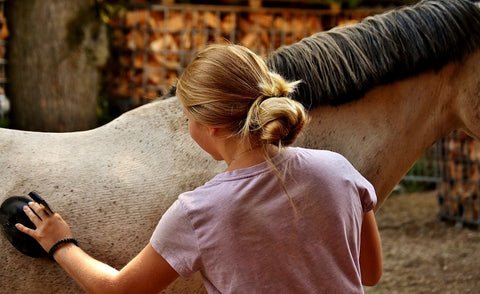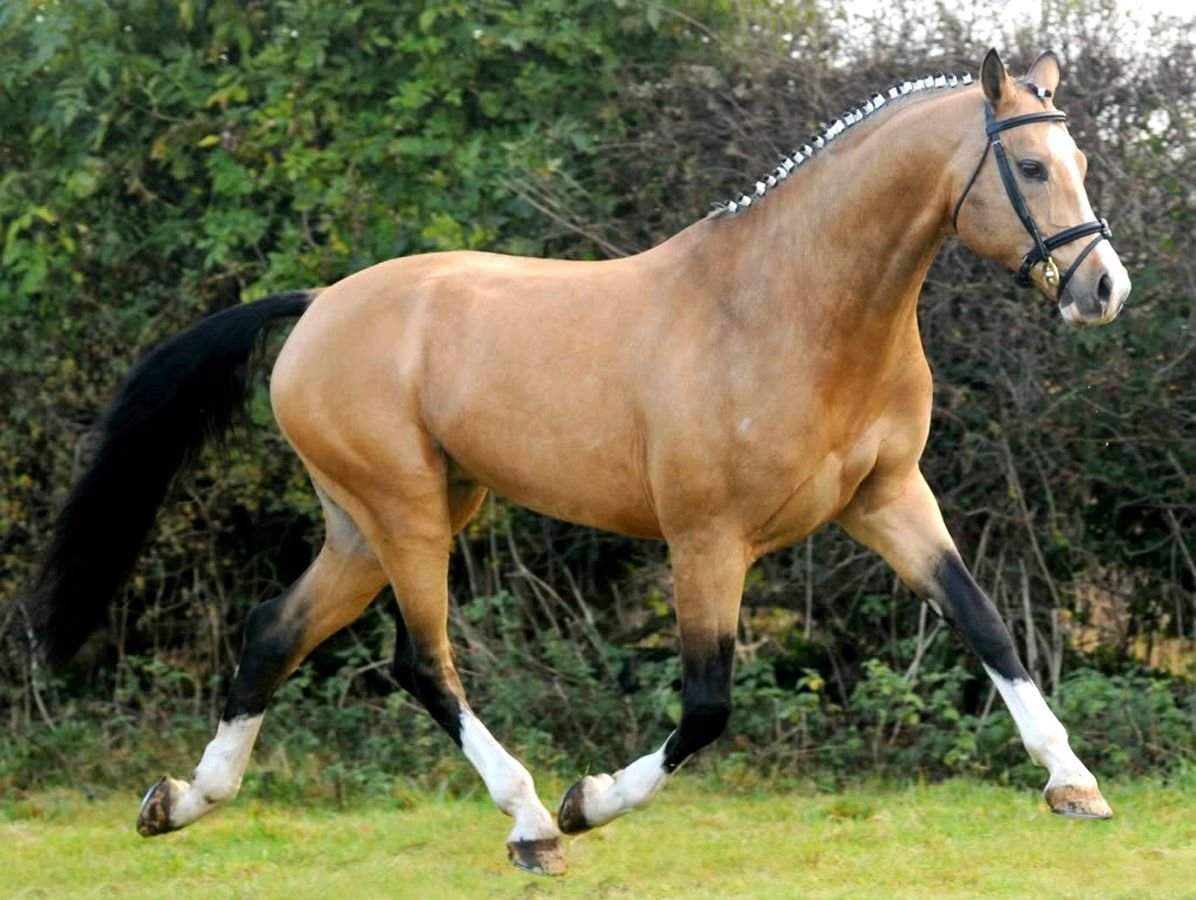Warmblood horses are celebrated for their athleticism, versatility, and elegance. To ensure these magnificent horses remain in peak condition, proper care is essential. Warmbloods, often used in competitive disciplines like dressage, show jumping, and eventing, require tailored grooming and health routines to meet the demands of their active lifestyles. Here’s a comprehensive guide to caring for your warmblood.
Daily Grooming for Warmbloods
Regular grooming is vital for maintaining your warmblood’s coat health, circulation, and overall well-being.
Essential Grooming Tools
- Body brush: Removes dirt and dust while stimulating circulation.
- Curry comb: Loosens dirt and hair, especially during shedding season.
- Hoof pick: Keeps hooves clean and prevents infections like thrush.
- Mane and tail comb: Helps detangle and maintain a polished appearance.
- Sweat scraper: Removes sweat and water after workouts or baths.
Step-by-Step Grooming Routine
- Start with a curry comb: Use circular motions to loosen dirt and hair from your warmblood’s coat.
- Brush the body: Follow up with a body brush to remove debris and add shine.
- Check the hooves: Use a hoof pick to remove dirt, stones, and debris. Inspect for cracks or signs of thrush.
- Care for the mane and tail: Gently comb through to detangle knots, using a detangler spray if necessary.
- Clean the face: Use a soft cloth or sponge to wipe the face, focusing on the eyes, nostrils, and muzzle.
Grooming not only keeps your warmblood clean but also gives you an opportunity to inspect for injuries, swelling, or skin issues.
Maintaining a Healthy Diet
Warmbloods, like all horses, require a balanced diet to support their size and energy needs.
Key Nutritional Components
- Forage: High-quality hay or pasture should make up the majority of their diet.
- Concentrates: Grain or pelleted feed may be necessary for warmbloods in heavy work. Always choose feed suited to your horse’s activity level and consult a veterinarian or equine nutritionist.
- Supplements: Depending on your horse’s needs, consider supplements for joint health, coat condition, or energy.
- Fresh water: Ensure clean, fresh water is available at all times.
Warmbloods in competitive sports may require additional calories and nutrients to maintain their energy levels and muscle condition.
Exercise and Training
Warmbloods thrive on regular exercise to maintain their physical and mental health.
Key Exercise Tips
- Daily turnout: Ample pasture time helps maintain joint health and prevents boredom.
- Varied training: Incorporate different activities like flatwork, jumping, and trail rides to keep your warmblood engaged.
- Stretching and cooldowns: After intense training, allow your horse to cool down gradually to prevent stiffness or injury.
Hoof and Dental Care
Proper hoof and dental care are critical for your warmblood’s overall health and performance.

Hoof Care
- Schedule farrier visits every 4-6 weeks to trim hooves and check for issues like cracks or lameness.
- Monitor hoof condition daily to catch problems early.
Dental Care
- Have your horse’s teeth checked by an equine dentist every 6-12 months.
- Uneven teeth can cause difficulty chewing, leading to weight loss or behavioral issues.
Health Maintenance
Warmbloods are generally healthy, but regular health checks and preventive care are essential.
Vaccinations and Deworming
- Vaccinations: Follow a vet-recommended schedule to protect against diseases like tetanus, influenza, and equine herpesvirus.
- Deworming: Perform regular fecal egg counts and follow a targeted deworming schedule.
Body Condition Monitoring
- Regularly assess your horse’s weight and body condition score to ensure they’re in optimal shape.
- Adjust feed and exercise routines as needed based on activity level and seasonal changes.
Joint and Muscle Health
- Warmbloods, especially those in competitive sports, are prone to joint strain.
- Use joint supplements or therapies like massage and physiotherapy to keep them comfortable and flexible.
Addressing Common Warmblood Challenges
Skin and Coat Issues
Warmbloods with sensitive skin may develop conditions like rain rot or sweet itch. Regular grooming and using skin-friendly products can help prevent these problems.
Managing Stress
Warmbloods are intelligent and can be sensitive to changes in routine. Minimize stress by maintaining a consistent schedule, providing companionship, and ensuring they have adequate rest.
Conclusion
Caring for a warmblood requires dedication and attention to detail. From daily grooming routines to balanced nutrition and regular health checks, each aspect plays a vital role in keeping your horse happy and healthy. By prioritizing their physical and mental well-being, you’ll not only enhance their performance but also strengthen the bond you share with your warmblood.
Whether you’re a competitive rider or a warmblood owner focused on leisure activities, these grooming and health tips will ensure your equine partner thrives.











